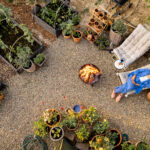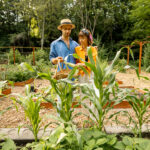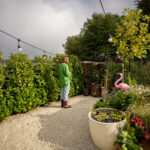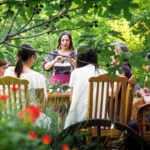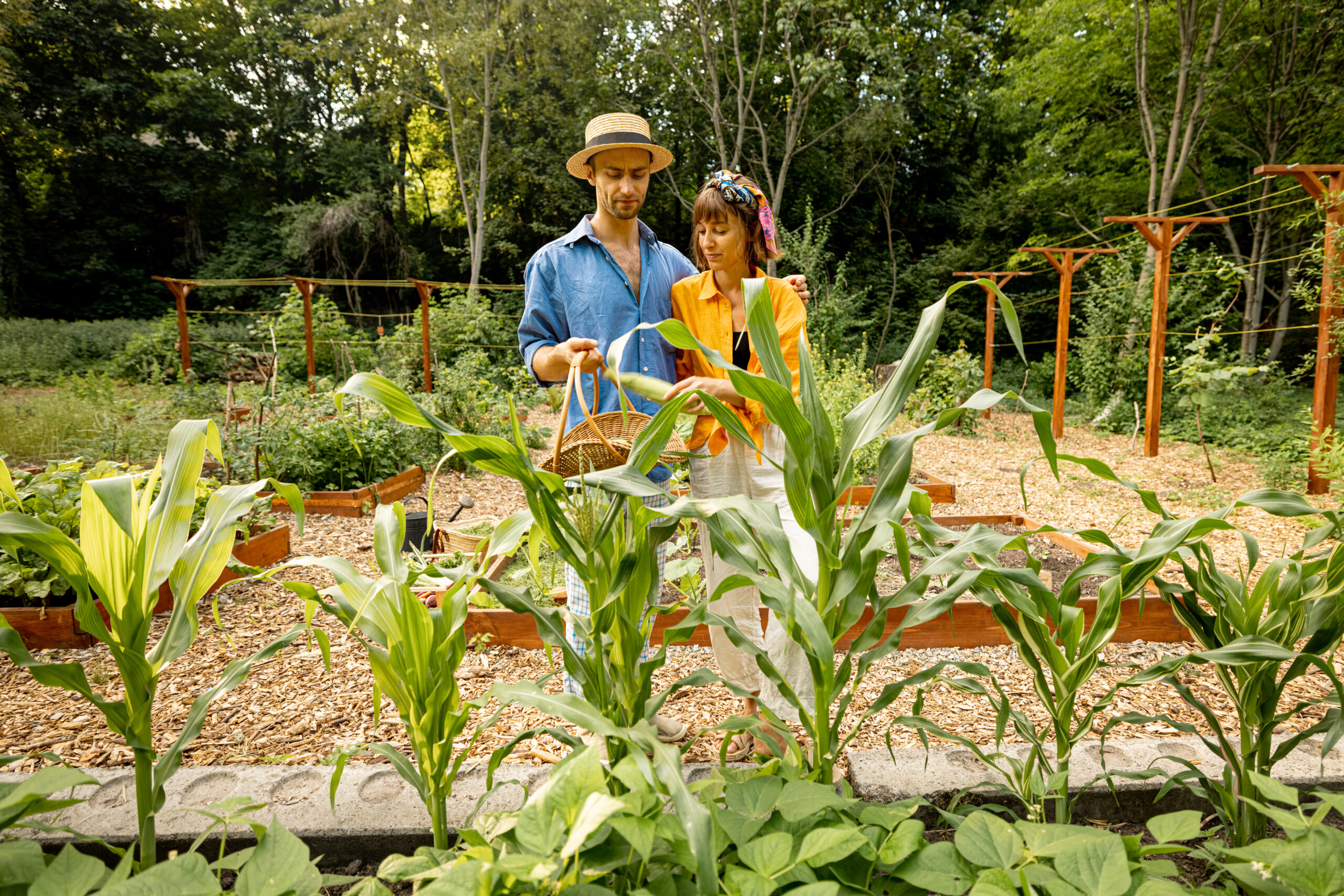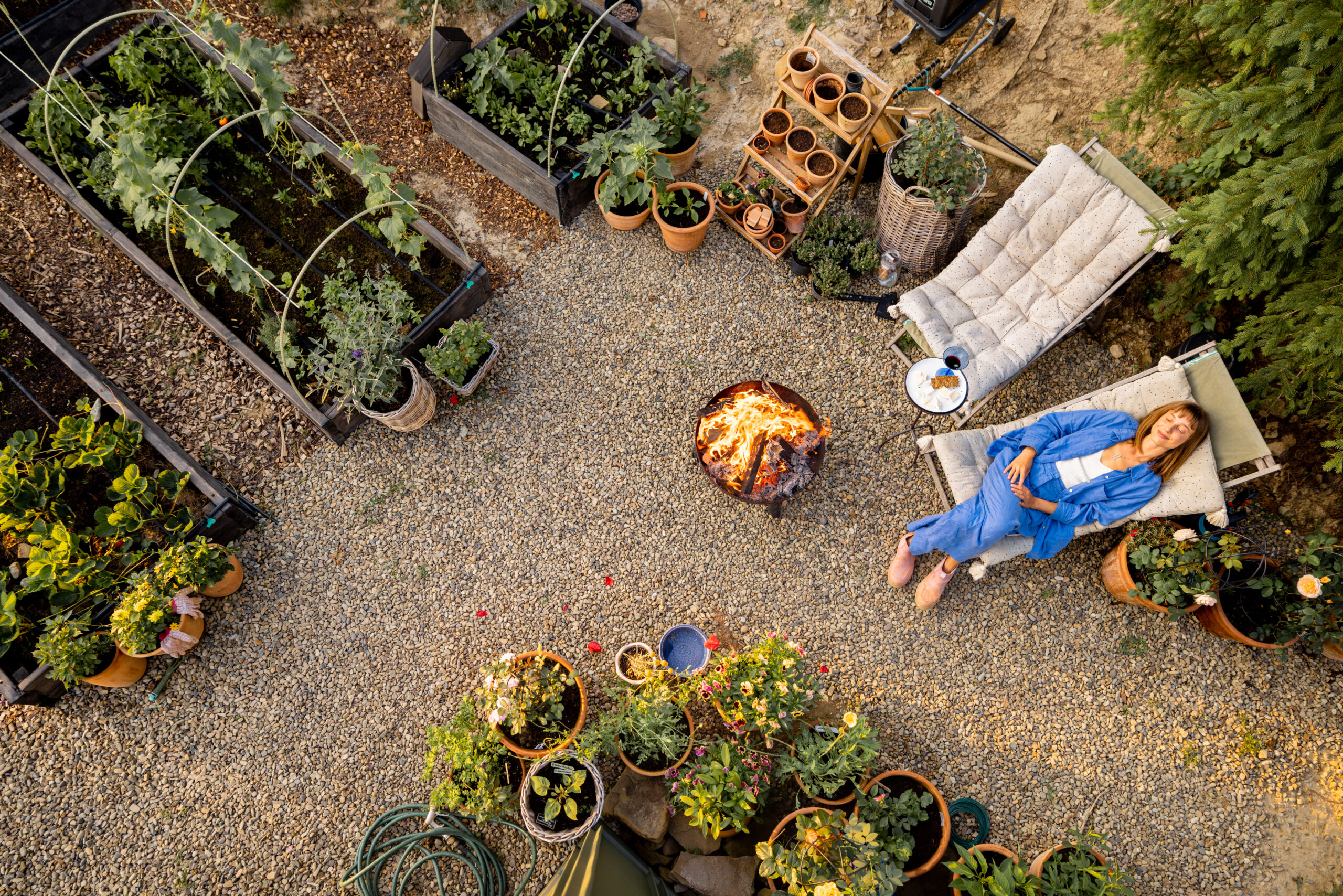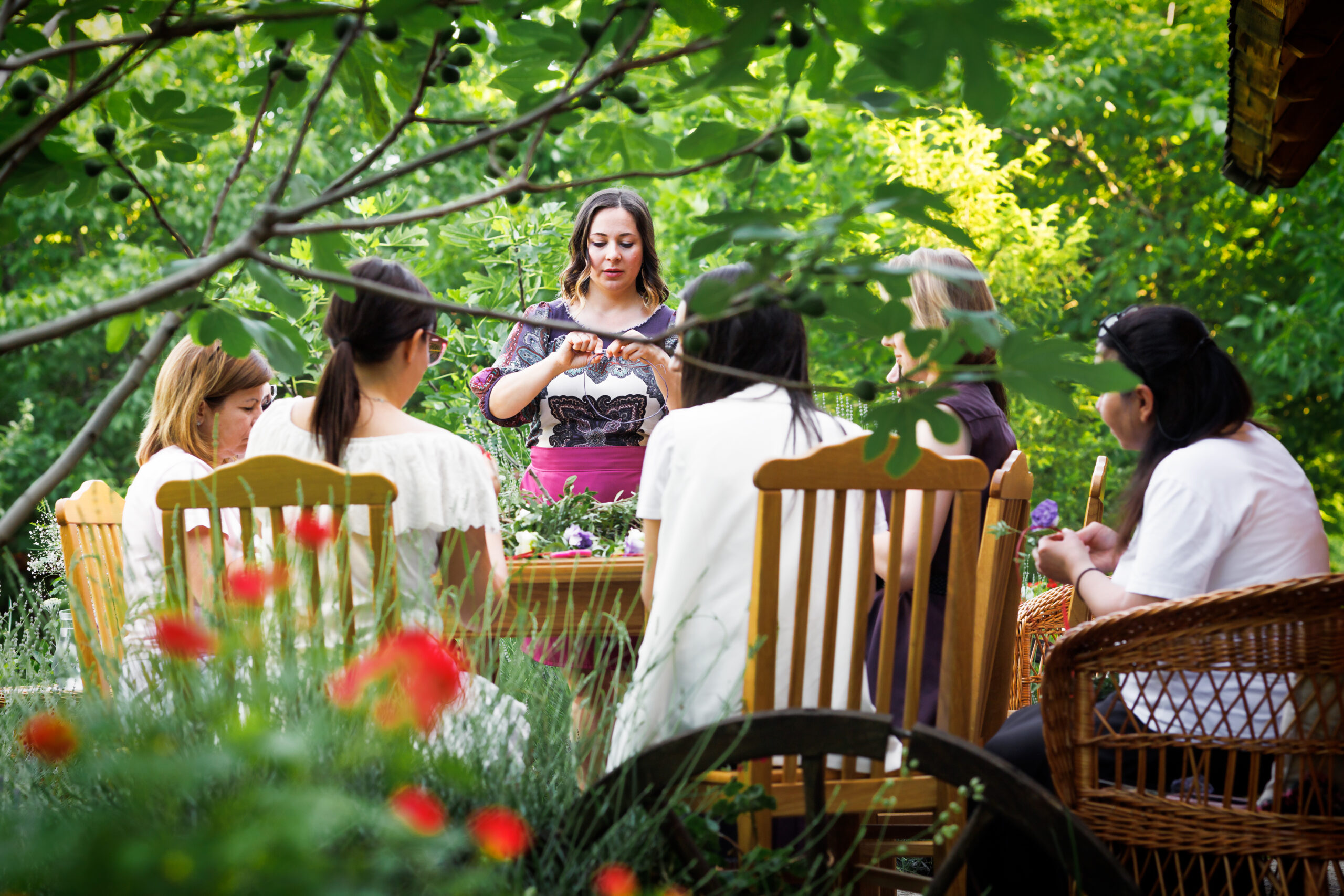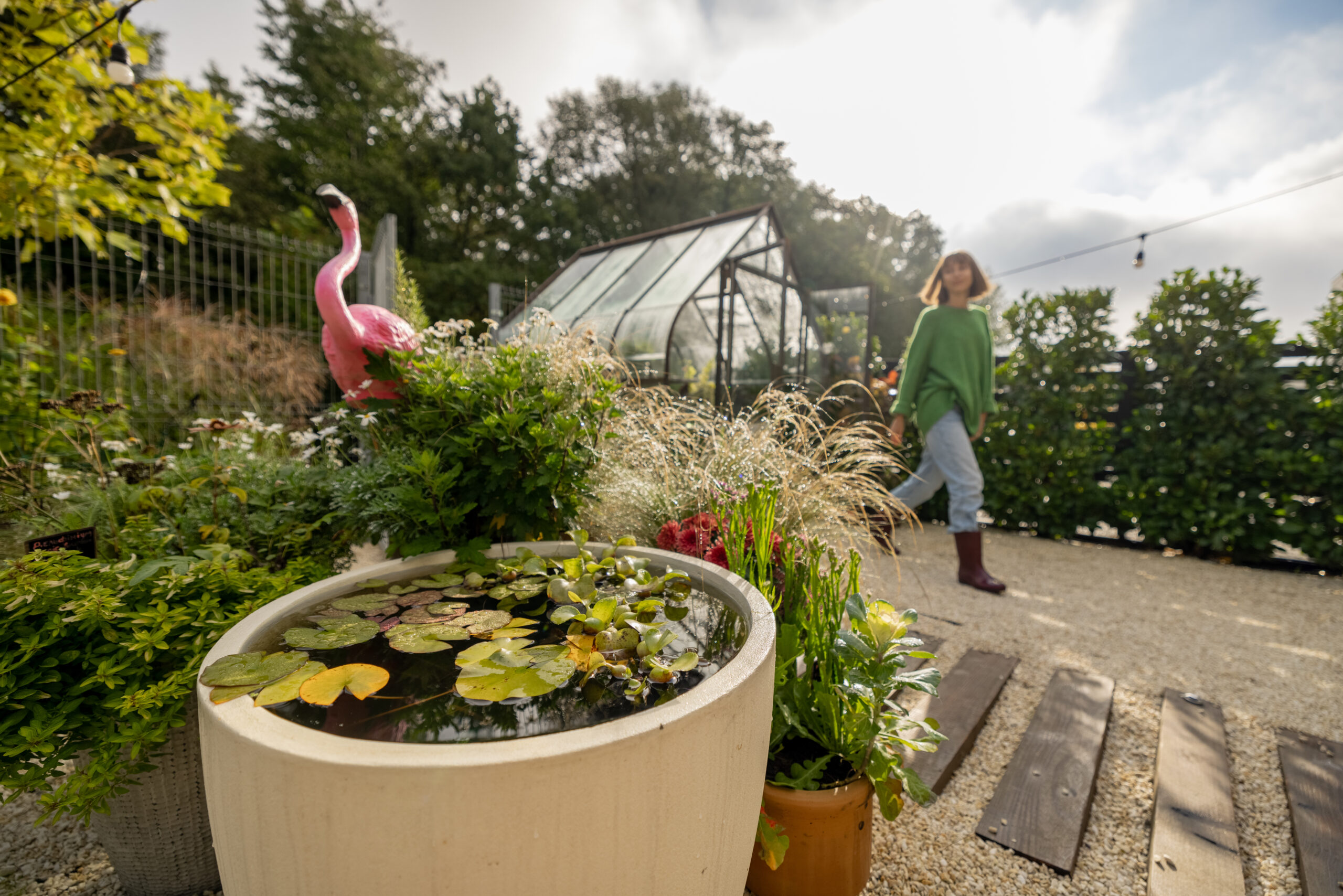Gardening is a fulfilling, therapeutic, and rewarding activity, especially in your golden years. Not only does it provide an opportunity to connect with nature, but it also encourages physical activity, mental well-being, and even social interaction. If you’ve always wanted to start a garden but didn’t know where to begin, there’s no better time than now. Gardening for beginners is accessible and can be easily adapted to fit the pace, preferences, and needs of older adults.
In this article, we’ll guide you through the essential steps to starting your first garden, offering tips for success, and suggesting beginner-friendly plants that are easy to care for. Whether you have a spacious backyard or a small balcony, you can create a beautiful, low-maintenance garden that brings joy and satisfaction.
1. Start Small: Begin with a Manageable Space
One of the first steps in gardening is choosing the right space. If you’re a beginner, it’s wise to start small. A small garden or container garden is easier to manage and less overwhelming than a large, sprawling garden. Consider the following options:
- Raised Garden Beds: If bending down to the ground is difficult, raised garden beds are a perfect solution. They allow you to garden at a more comfortable height, reducing strain on your back and knees. You can easily fill them with soil and choose the plants you want to grow.
- Container Gardens: If you don’t have much outdoor space, containers are a great alternative. Planting in pots, baskets, or window boxes is ideal for balconies, patios, or small yards. You can grow a variety of flowers, herbs, or vegetables in containers, and they are easy to move around.
- Garden Pathways: If you have a larger space but want to avoid feeling overwhelmed, consider creating a garden pathway. This will allow you to navigate your garden comfortably while keeping sections separate and organized.
2. Choose Low-Maintenance Plants
As a beginner, it’s important to choose plants that are easy to grow and don’t require too much attention. There are plenty of beginner-friendly plants that thrive with minimal care, perfect for seniors who want to enjoy gardening without feeling stressed. Here are some great options:
- Herbs: Herbs like basil, parsley, mint, thyme, and rosemary are low-maintenance and easy to grow. They’re perfect for small spaces and containers and are great for cooking, making them a practical addition to your garden.
- Flowers: Some flowers are incredibly easy to grow and care for. Marigolds, sunflowers, zinnias, and pansies are colorful and vibrant, while being hardy and low-maintenance. These flowers bloom consistently, even in less-than-ideal conditions.
- Succulents: Succulents are a fantastic choice for beginners because they require very little water and attention. These plants come in various shapes, sizes, and colors and thrive in sunny, dry conditions. They’re perfect for containers or small gardens.
- Perennials: Perennials like hostas, daylilies, and peonies return year after year with minimal care. Once planted, they don’t need to be replanted annually, making them a great choice for those who want a long-term garden with less effort.
- Vegetables: If you want to grow your own food, start with easy vegetables like tomatoes, lettuce, spinach, and radishes. These plants grow quickly and are ideal for beginners, especially when grown in containers or raised beds.
3. Plan Your Garden Layout
Planning your garden layout is an essential step to ensure your space is functional, easy to navigate, and aesthetically pleasing. Here are a few tips for organizing your garden:
- Consider Sunlight: Different plants require different amounts of sunlight. Before you start planting, observe how much sun your garden space gets throughout the day. Place sun-loving plants (like tomatoes and marigolds) in areas that receive full sun, and choose shade-loving plants (like hostas and ferns) for more shaded spots.
- Create Paths and Zones: If you’re creating a garden with multiple types of plants (vegetables, flowers, herbs), consider dividing the garden into distinct zones. This will make it easier to organize your plants and care for them. A simple pathway or row between each zone will make it easier to move around the garden.
- Accessibility: Ensure that your garden is easy to access. Raised beds or containers placed at an optimal height can make gardening more comfortable, especially for those with mobility concerns. Make sure the garden is within easy reach for watering, weeding, and harvesting.
4. Soil and Watering
Healthy soil and proper watering are key to successful gardening. Here’s how to get started with the essentials:
- Soil Preparation: Before planting, take some time to improve your soil. Loosen compacted soil, remove weeds, and amend it with organic matter like compost or well-rotted manure. This will provide nutrients for your plants and help them thrive.
- Watering: One of the most important aspects of gardening is providing adequate water. Plants that are just getting started need regular watering, but it’s essential not to overwater. Consider using a watering can or a soaker hose for gentle, even watering. You can also set up a rain barrel to collect rainwater, which is an eco-friendly way to water your garden.
- Mulching: Adding mulch around your plants helps retain moisture in the soil, reduces weeds, and keeps the soil temperature stable. Organic mulches like wood chips, straw, or grass clippings are excellent choices for beginners.
5. Keep It Simple and Have Patience
Gardening is a slow process, and it takes time to see results. As a beginner, don’t worry if things don’t go perfectly right away. Gardening is a learning experience, and mistakes are part of the process. Keep it simple, and focus on enjoying the process rather than rushing to achieve perfect results.
- Start with a Few Plants: You don’t have to plant everything all at once. Start with a few plants that you’re excited about and gradually expand your garden over time. This will allow you to learn about each plant’s needs and build your confidence.
- Enjoy the Journey: Gardening is not just about the final product—it’s about the process of growth and discovery. Take your time to enjoy each stage, from planting seeds to watching your plants bloom and flourish. The joy of gardening comes from the little victories and the satisfaction of nurturing life.
6. Stay Active and Stay Connected
Gardening is a great way for seniors to stay physically active while enjoying the outdoors. Tasks like digging, weeding, watering, and harvesting can provide light to moderate exercise that strengthens muscles and improves mobility.
Additionally, gardening can be a social activity. Consider joining a local gardening group or inviting friends and family to join you in your garden. Sharing your passion for plants and gardening can lead to new friendships and a sense of community.
Conclusion: Start Your Gardening Journey Today
Starting your first garden in your golden years can be an incredibly rewarding experience. Not only does it provide a sense of accomplishment and connection to nature, but it also offers numerous health benefits, including stress relief, physical activity, and improved mental well-being.
By starting small, choosing low-maintenance plants, planning your garden carefully, and taking your time, you can create a garden that is both beautiful and enjoyable to maintain. Gardening for beginners is all about learning as you go, and with patience and practice, you’ll soon find yourself experiencing the joys of growing your own green space.
